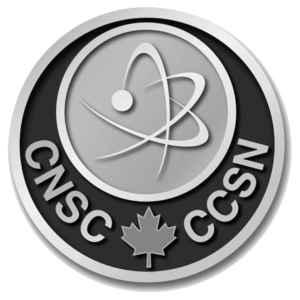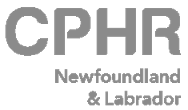How to Fix Your Hazard Assessments to Make Them Work
CATEGORY – SAFETY COMPLIANCE
DATE – Wednesday, October 12th, 2022
TIME – 9:00 AM PDT
REGISTER TODAY
Oops! We could not locate your form.
Already a member of SafetyNow ILT? Click on the link to register for free as a part of your continuing membership.






RELATED MATERIALS
Hazard Assessment Form – Quick Tips
Hazards exist in every workplace in many different forms. According to the Occupational Safety and Health Administration (OSHA) 29 Code of Federal Regulations (CFR) 1910.132(d)(1) “The employer shall assess the workplace to determine if hazards are present, or are likely to be present, which necessitate the use of personal protective equipment (PPE).” This is commonly referred to as a PPE hazard assessment.
Read the full article here.
The Role of Hazard and Risk Assessments in Accident Prevention
The hazards you and your workers are up against depend on factors such as the type of job, how it’s done, and the environment in which it’s carried out. As a supervisor part of your responsibility lies in identifying exposure to hazards and finding ways to protect workers from them. One of the best ways to do this is by conducting hazard and risk assessments.
Read more here.
Confined Space Hazard Assessment Worksheet
Use/modify this form to identify hazards associated with a confined space and to determine procedures and safety precautions required for entry into the space. This form is to be completed by a trained and competent Confined Space Entry Supervisor.
Click here to download the worksheet.
ABOUT THE WEBINAR
A complete hazard assessment program is a cornerstone to a safety management system. Having the documentation is place is compulsory for several safety certifications, but moreover it provides a structured, methodical approach to determining and addressing hazards. A fully realized hazard assessment program includes formal hazard assessments (AKA, Job Hazard Analysis (JHA), Job Safety Analysis (JSA), Task Safety Assessment (TSA), etc. ) along with a site-specific complement (Field Level Hazard Assessment (FLHA), Site-Specific Hazard Assessment (SSHA)). The former is mostly to determine the hazards inherently related to a task, and the latter assesses the added hazards of a site or other conditions on the day of work.
The way the above are usually completed creates a Venn diagram with a large intersection you could label “Rework.” The inefficiency and conducting these usually comes from a fundamental misunderstanding of the intention of each exercise, which related to the delivery and application of training. Better training and a more complete understanding of the purpose across an organization can help improve this process.
In this webinar, we will cover:
- Reworking your hazard assessment program
- How to improve your hazard assessment program
- The pitfalls of a poorly done hazard assessment
- Bad approaches and how to fix them
- And much more
ABOUT THE SPEAKER

Daniel Clark is the founder and President of Clark Health and Safety Ltd., providing safety and quality consultation and auditing services across various industries in Calgary, Alberta starting in 2018. Prior to that, Daniel worked on implementing safety and quality management systems at various companies pursuing ISO or COR certification.
Being raised and practicing in Calgary, the heart of Canada’s energy industry, most of Daniel’s career has been connected to the safety and quality in the energy industry. He has performed safety and quality roles from field supervision to office-based administration and management. Daniel’s consulting business has worked with organizations offering engineering services, restoration, industrial trades, recreation, pipeline, environmental, manufacturing and food processing.
DON’T MISS OUT
SAVE YOUR SEAT TODAY!!
GET STARTED ON THE PATH TO COMPLIANCE
The proven tools in SafetyNow ILT make it simple to consistently make every safety meeting more engaging. No wonder that our members find their training is 60% more consistent, 52% more effective, and experience a 35% reduction in their accident & incident rates in their first year.
Get Started On Your Path To Compliance By Clicking Here.
SPONSORED BY



